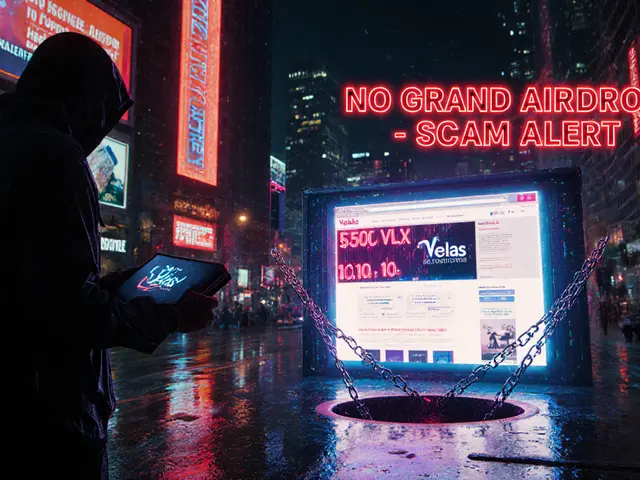IMX Token: A Deep Dive into Immutable X
IMX token, the native utility token of Immutable X, a layer‑2 solution for gas‑free NFT trading on Ethereum. Also known as Immutable X token, it powers transaction fees, staking rewards, and governance within the ecosystem. ZK Rollup, a zero‑knowledge proof based scaling technology that batches transactions off‑chain while preserving security is the engine that makes this possible. Ethereum, the public blockchain where Immutable X anchors its proof‑of‑validity provides the security backbone, while NFT Marketplace, platforms where users buy, sell, and trade non‑fungible tokens, often built on Immutable X for zero gas fees benefits from the token’s utility. In short, the IMX token encompasses staking and governance, requires ZK Rollup to achieve gas‑free trading, and enables NFT marketplaces to offer a frictionless experience on top of Ethereum.
Key Features of the IMX Token
First off, the token’s supply is capped at 2 billion, with a clear split between ecosystem growth, team vesting, and community incentives. Staking is straightforward: lock IMX, earn a share of transaction fees, and receive voting power for protocol upgrades. Because fees on Immutable X are zero for users, the protocol collects a small percentage in IMX instead, creating a steady revenue stream that backs rewards. Governance proposals cover everything from fee structures to new NFT standards, so token holders have a real say in where the platform heads.
From a technical angle, ZK Rollup does the heavy lifting. It batches thousands of NFT transfers into a single proof that Ethereum verifies once, cutting gas costs to virtually nothing. This design also means transaction finality is near‑instant, a sharp contrast to the minutes‑or‑hours delays on the main chain. Developers appreciate the composable smart‑contract layer, which lets games and marketplaces launch without worrying about scalability bottlenecks. The result is a thriving NFT ecosystem that includes digital art, gaming assets, and even ticketing solutions.
Market-wise, IMX has carved a niche among layer‑2 tokens. While many projects chase DeFi yields, IMX focuses on the NFT and gaming sectors, aligning with trends we see across the site’s other articles—airdrop strategies, exchange comparisons, and regulatory updates. Recent listings on major exchanges have boosted liquidity, and the token’s price often reacts to announcements about new partnerships or marketplace integrations. For anyone tracking crypto trends, keeping an eye on IMX means watching the intersection of zero‑fee NFT trading, Ethereum security, and community‑driven governance.
All of this sets the stage for the deeper content you’ll find below. Whether you’re curious about staking calculators, want a step‑by‑step guide to claim upcoming airdrops, or need a quick rundown of how ZK Rollup works, the articles in this collection break each piece down into bite‑size, actionable advice. Dive in to see how the IMX token fits into the broader DeFi and NFT landscape, and pick up practical tips you can use right away.




